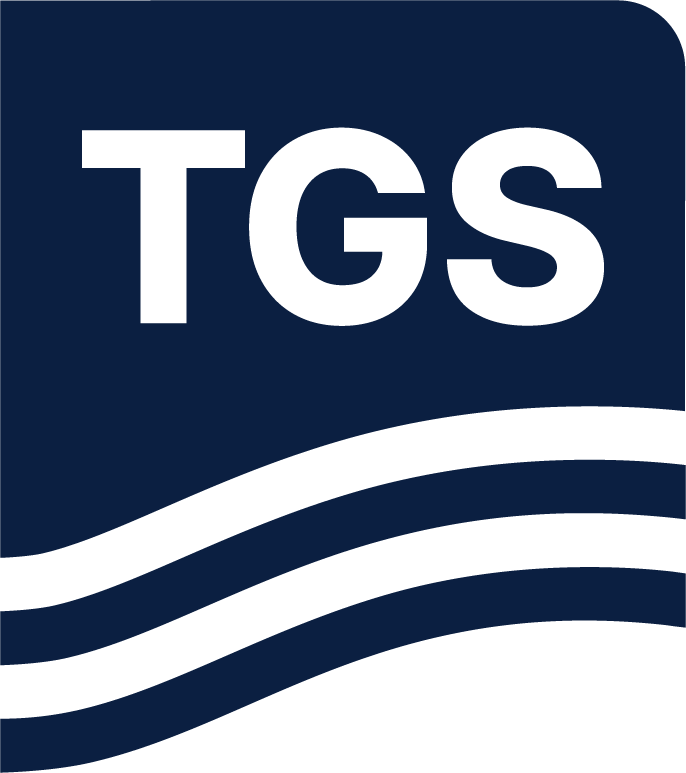Paper Summary
Almost all forms of full waveform inversion use a source wavelet estimate in the extrapolation of the down-going wavefield to produce the forward modelled data and also to create the gradient. This source wavelet can be modelled, extracted from the recorded data during the pre processing, or sometimes a zero-phase band-limited synthetic wavelet can be used instead. Alternatively, the source information can be regarded as another unknown and the initial source
estimate then updated within the inversion.
The importance of reliable source wavelet information during the waveform inversion implementation has been widely implied or briefly mentioned by multiple authors, but little detailed study of the effects of poor wavelets has been presented in the literature. It is the purpose of this study to examine if shape errors in the source wavelet manifest themselves in a significantly damaging way in the velocity model obtained using conventional time-domain
acoustic waveform inversion, and also to assess what effect such velocity change has on the subsequent migrated image positions.
We conclude that for modest structural complexity, acoustic time-domain least-squares waveform inversion for refractions with a maximum frequency of 9 Hz, commencing from a non-cycle skipped model, is surprisingly robust with respect to source wavelet error.

